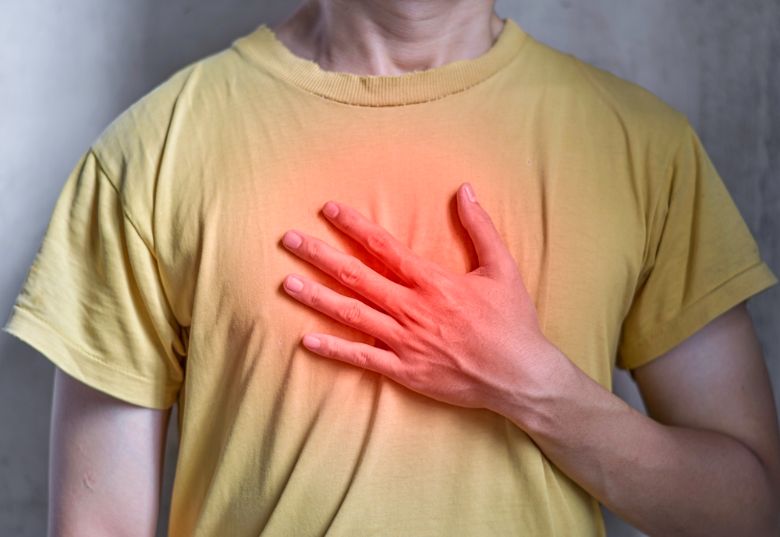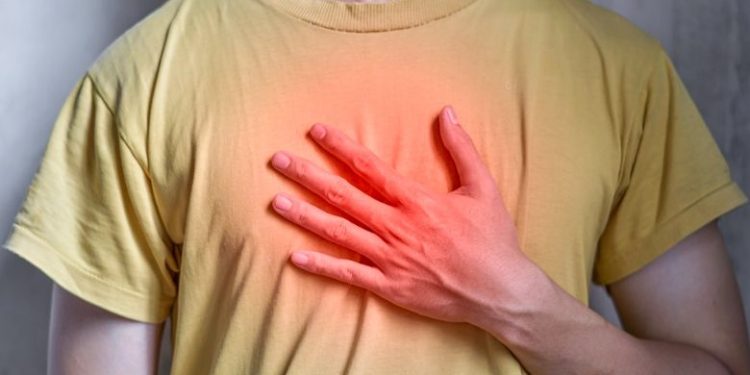When you have a menstrual cycle, it can feel like you’re on an a la carte menu: period, cramps, highs and lows, breast changes, and other symptoms that crop up as the cycle goes on. You can also wind up with side dishes like ovulation pain (German: mittelschmerz), which is a mid-cycle pain that some women experience once a month during their menstrual cycles.
Ovulation is the point in your menstrual cycle when you release an egg from one of your ovaries, and it’s the most fertile time for a woman to become pregnant. The ovulation pain that some women experience, or mittelschmerz, is caused by the rupture of the follicle that holds an egg.
The follicle is filled with blood and fluid, so it can cause the pain of ovulation by irritating your abdomen. In addition, it can also cause spotting or discharge.
Usually, ovulation pain starts about two weeks before your next cycle and lasts for minutes to a few hours. It may be felt on one side of your lower abdomen or pelvic area, or it might switch sides from month to month.
If the pain is sharp, sudden, and severe, it’s important to see your doctor immediately. It could be a sign of something serious, such as ovarian cysts or uterine fibroids.
Another possible cause is a problem with the muscles that control your bladder or bowels, such as pelvic relaxation syndrome. This condition can make urination painful, cause blood in your urine and lead to fevers.
In rare cases, ovulation pain may be a sign of an underlying medical problem, such as endometriosis. In this case, your doctor might order a biopsy or pelvic exam to find out what’s wrong.

Most ovulation pain is normal. But if it’s bothersome, your doctor might recommend taking birth control pills or a patch to stop ovulation.
It’s also a good idea to track the times of your ovulation pain on a calendar each month, so you can talk about it with your provider. This can help you figure out when your body is most fertile and can guide you in planning sex to try to get pregnant.
Using ovulation pain to plan when to have sex can be helpful, but it doesn’t work well for most women. Sperm can stay in your cervix for up to seven days after the pain goes away, so it’s better to be conservative when it comes to getting sex and trying to get pregnant.
If you do ovulate, it’s likely that the ovulation pain will continue. If the pain is mild, you can treat it with over-the-counter pain relievers or a warm bath.
But if the ovulation pain is severe, you should seek medical attention right away. It could be a sign of a health problem, such as a pelvic infection or a herniated disc.
If the ovulation pain is mild, you can treat it with pain relievers from the drug store or a warm bath. But if the pain is severe, you should seek medical attention soon. It could be a sign of ovarian cysts or uterine fiber abnormalities, which are risk factors for infertility and miscarriage.









